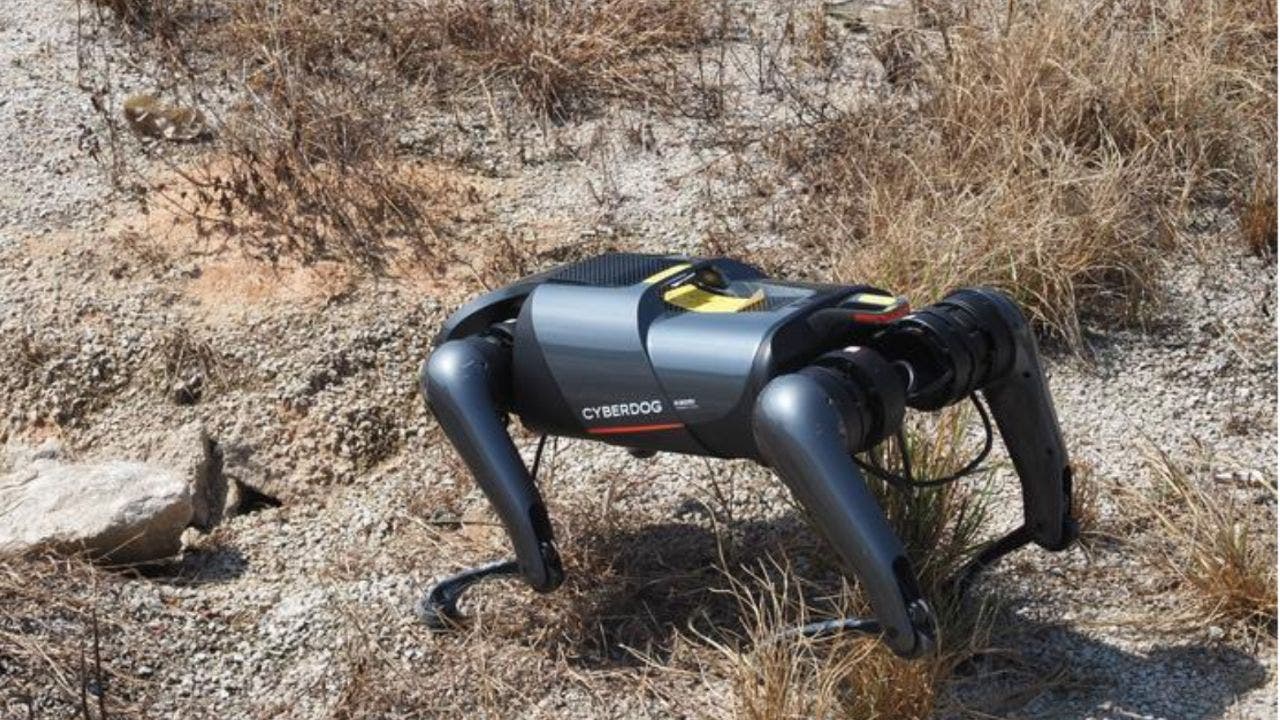Hot tub-like temperatures are burning coral to death in the Florida Keys
The Current24:29What warming waters could mean for marine life
When marine biologist Phanor Montoya-Maya went for a dive in the Florida Keys to see how a heatwave was affecting coral along Sombrero Reef, he was devastated by what he found.
“It seemed like the corals just burned to death, and that was very heartbreaking. I was diving with two of my employees … and [I could] see them crying,” Montoya-Maya told The Current guest host Catherine Cullen.
Water temperatures off southern Florida have reached about 38 C in recent weeks, and Montoya-Maya, a marine biologist with the Coral Restoration Foundation, says that heat is wreaking havoc on marine life.
On the recent dive, his group witnessed coral bleaching — a phenomenon that occurs when coral loses the symbiotic relationship with the algae that lives inside them. When stressed, typically because of high temperatures, it expels the algae and doesn’t get the food and nutrients it needs to survive.
Cynthia Lewis, lead scientist and director of the Florida Institute of Oceanograhy Keys Marine Laboratory, says the heat is almost certainly to blame.
“Just that stress alone, the physiological stress of basically sitting in that hot tub of water, is enough to kill them,” said Lewis.
“These are essentially the rainforests of the ocean, as far as their life and diversity that they provide for us.”
Reef rescue
There is an effort underway to save the coral. The first phase of the rescue mission, Montoya-Maya says, was to obtain as much genetic diversity as possible into a land-based preservation system.
He says that’s “in case we lose everything in the sea.”
Now the Coral Restoration Foundation is moving thousands of pieces of coral from the Florida Keys into underwater nurseries from Carysfort Reef to Key West in southern Florida. And they are looking for additional places they can store and protect thousands more.

Their plan is to grow new coral and replant them in the Florida Keys.
Montoya-Maya says they had planned to respond to the impacts of climate change, but this year’s heat has been worse than expected.
“We were already expecting something strong … and difficult to happen this year. We were not expecting to see it this soon, this quickly,” said Montoya-Maya.
“We are going to continue learning for the next time that this happens. Because until we [do] take climate action, this, unfortunately, will continue to happen.”
Coral reefs in the Florida Keys have been decimated by disease, human activity and rising ocean temperatures. CBC’s international climate correspondent Susan Ormiston met the scientists engineering new coral in a lab and planting them in the wild to try to restore a critical ecosystem.
The value of the reef
Florida’s coral barrier reef is the only one of its kind in the United States, and Lewis says it’s essential to protect on a number of levels.
The reef, which is about five to eight kilometres from shore, provides protection against waves.
“It’s the first line of defence for hurricanes and storms and all that wave energy coming ashore,” said Lewis. “It does prevent flooding and erosion on our coastal areas.”
Lewis says there is also an economic impact to losing these reefs. Lobsters, which are important for commercial fishing there, live in the habitat along the reef.
The reef also draws in tourism dollars, through snorkeling, scuba diving and recreational fishing.
Impact on Canada’s oceans
Susanna Fuller, vice president of conservation at Oceans North, says what’s happening in the Florida Keys should be a warning sign for people trying to protect other parts of the ocean.
Fuller’s organization focuses on conservation in Canada’s Arctic and Atlantic regions, where there has also been a rise in water temperature. In 2021 and 2022, temperatures in waters off the coast of Atlantic Canada reached record highs.
And in 2017, endangered North Atlantic right whales began swimming into the Bay of Fundy, leading to a record amount of deaths.
Fuller says that while Canada does have a national adaptation strategy for climate change, there needs to be more focus on the ocean.
“We really need to up what we’re doing in coastal provinces and through the Department of Fisheries and Oceans,” said Fuller.
“Generally, we have to double down and redouble our efforts globally on reducing emissions. That’s the biggest thing that we can do for the ocean.”





